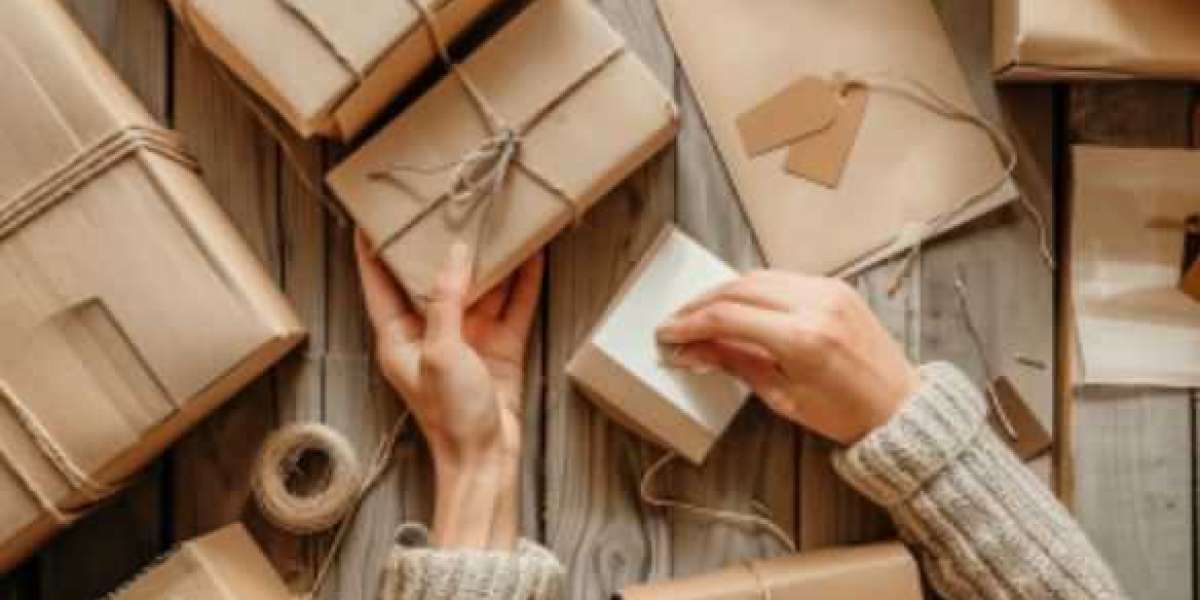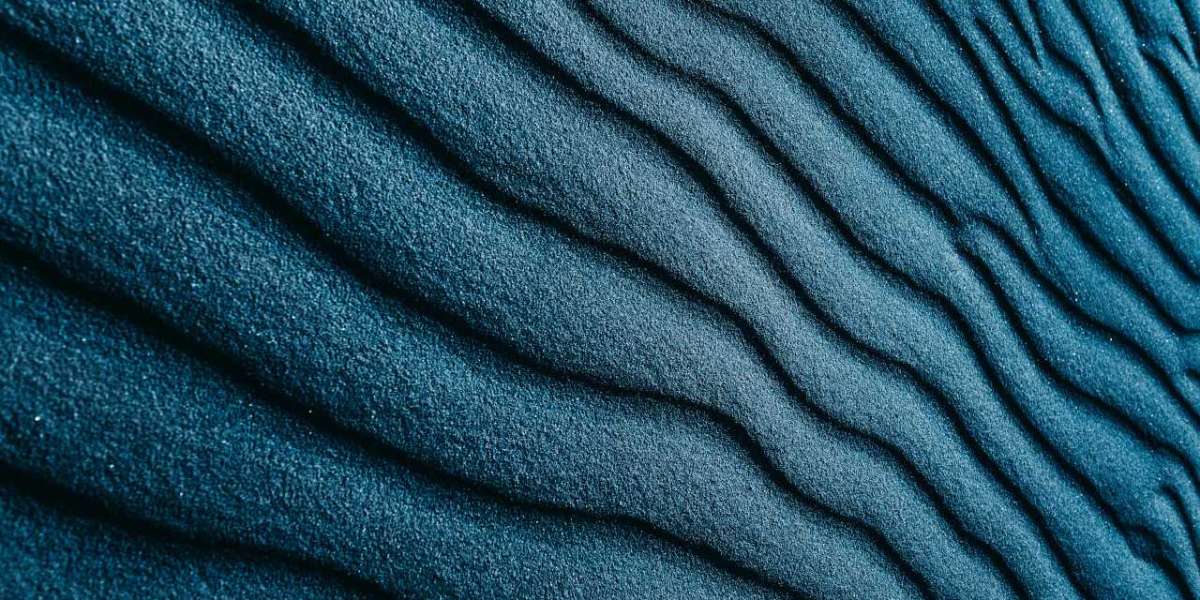The Top Biodegradable Packaging Options for Eco-Friendly Design
As consumers demand more sustainable products, designers are increasingly embracing biodegradable materials for packaging. In this article, we'll explore the most viable biodegradable solutions for creating eco friendly packaging design.
Why Use Biodegradable Packaging?
There are several important benefits that come with biodegradable packaging:
Protection of the environment by avoiding plastic pollution
Compliance with regulations restricting single-use plastics
Strong appeal to eco-conscious consumers
Potential for cost savings over time with circular solutions
Opportunity for creative expression with innovative materials
Top Biodegradable Packaging Materials
Some of the leading sustainable options for designers include:
| Material | Description |
|---|---|
| Cardboard | Renewable and fully recyclable fibers offer durable options. |
| Paper | Strong, malleable and compostable with natural textures. |
| Corn starch plastics | Moldable bioplastics from crop wastes performing like PET. |
| Seaweed polymer blends | Marine algae create renewable films and coatings. |
Design Considerations for Biodegradability
Key factors for eco friendly packaging design include material selection, simplifying assembly, avoiding composite materials, utilizing renewable inks and dyes, and including end-of-life instructions.

Cardboard Packaging Options
Common cardboard choices encompass corrugated boxes, carton boards, die-cut containers, wrappings and liners made from post-consumer fibers.
Carrier Bags and Wraps Made from Paper
Creative printing brings the benefits of kraft paper, tissue papers, and bagasse fiber bags to products ranging from food to luxury goods.
Plants Become Plastics
Innovative bioplastics engineered from starches, cellulose and agricultural byproducts mimic traditional plastic performances for protection and preservation.
Packaging from the Sea
Seaweed and algae cultivating offers abundant natural polymers and pigments with zero farming footprint creating memorable designs.
The Future of Sustainable Packaging
Developments in circular plastics recycling, algal plastics, and edible coatings promise even more advanced sustainable solutions on the horizon.








